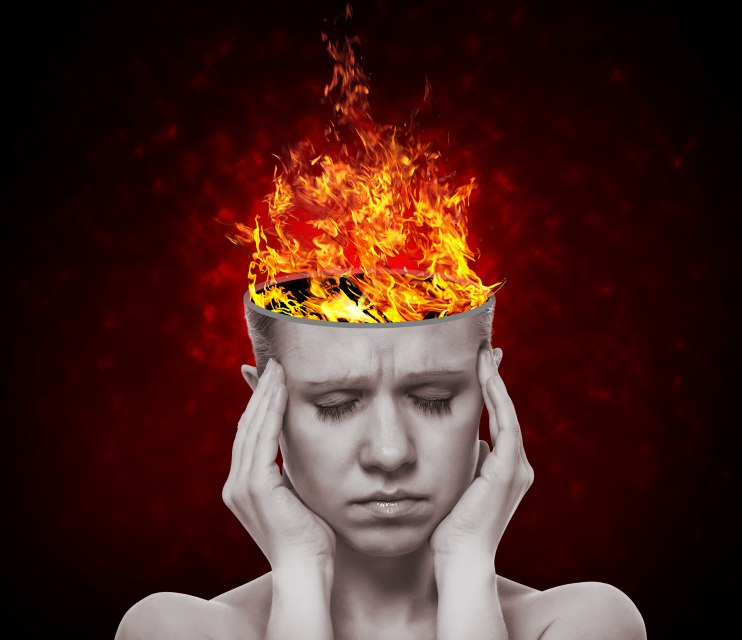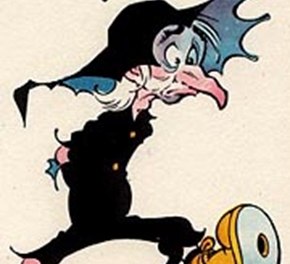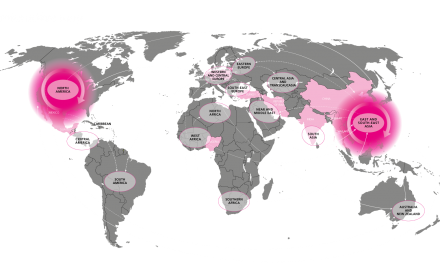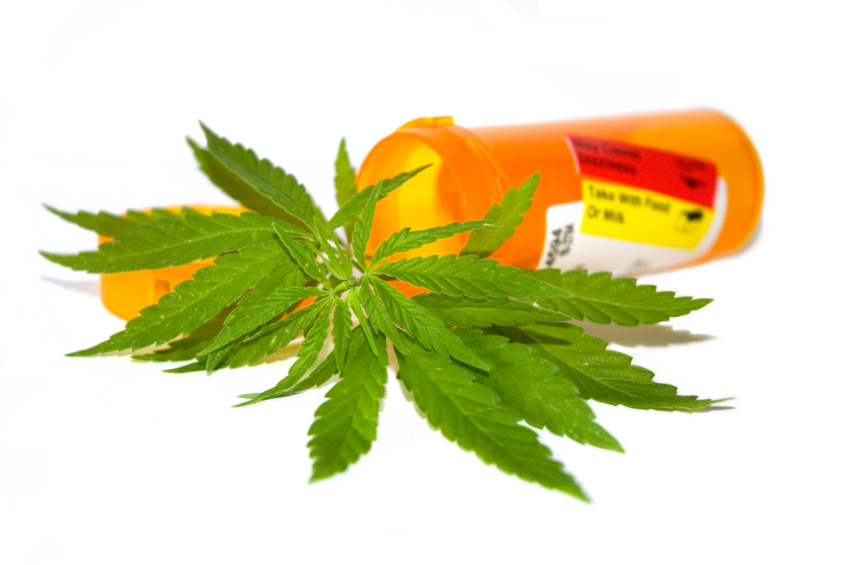So, is pain a physical sensation or an emotion?
Can’t it be both? That’s how patients typically describe it. With complaints such as “My leg still hurts, and they say there’s no medical reason. I barely sleep. Why aren’t I better? It’s depressing.”
I’m sure it is. If it’s any comfort, it frustrates the heck out of your healthcare providers, too. Nothing worse than a continuing complaint for which doctors can provide so little genuine relief.
For a long time, the medical professions avoided extended reliance on opiates because of the well-known risk for abuse and addiction. But medical science offered few alternatives. So doctors were eager for the news brought by advocates, pain physicians, and Big Pharma reps, heralding a revolutionary perspective on chronic pain. It seriously discounted those risks and encouraged use of opiates for chronic complaints.
From the NYT piece: “The concept of pain as a purely physical phenomenon reached its zenith in the 1990s, when medical organizations such as the American Pain Society and the Department of Veterans Affairs succeeded in having pain designated a “fifth vital sign,” alongside blood pressure, temperature and breathing and heart rate. This coincided with the release of long-acting opioids like OxyContin. Doctors believed they now had an effective remedy for their patients’ suffering.”
I think we know how that turned out. Even if prescribing practices are no longer central to the epidemic, it makes sense to carefully examine the use of opioid medications in medical practice. So we don’t make the same mistake again.
A psychoanalyst once explained to me that body and mind could be compared to a horse and rider. In that view, his role was to heal the mental and emotional while his medical brethren dealt with injury and illness. A neat division of labor which I immediately suspected might be bogus. After all, horse and rider are two separate entities, while brain and body are joined. Physiological phenomena such as illness routinely affect mental states, while emotional factors play a big role in the perception of pain.
It’d be preferable if physicians were taught to remain aware of the emotional as well as the physiological aspects of pain.
As we search for new and better treatments, please let’s not forget (again) that long term opioid dependence is not likely to be the solution.













